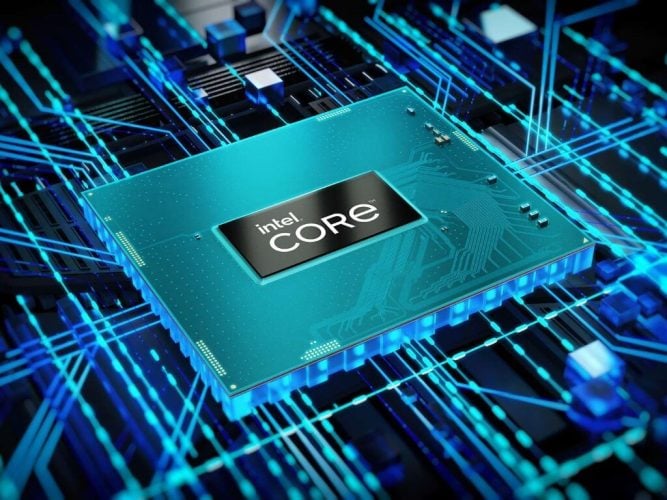Intel’s 12th generation family of mobile processors expands with HX series that has up to 16 cores
2 min. read
Published on
Read our disclosure page to find out how can you help Windows Report sustain the editorial team Read more

Intel’s 12th-generation mobile processor line is expanding. The chipmaker recently announced the addition of a new “HX” series of CPUs, which are targeted at higher-end machines utilized for CAD, animation, and visual effects.
As you’d expect, these new chips come in Core i5, Core i7, and Core i9 variants. Per Intel, the HX series processors can provide 65 percent more performance in multi-threaded workloads with more cores, more memory, and more I/O while utilizing Intel Thread Director technology to leverage high-power Performance-cores and Efficient-cores. The mobile processors are also unlocked, and overclockable, which is an industry first.
The HX chips go up to 16 cores, with 8 performance cories and 8 efficiency cores, and 24 threads. It also includes access to x16 PCIe Gen 5.0 via the processor and 4×4 PCIe Gen 4.0 from a dedicated platform controller hub (PCH) for increased bandwidth and faster data transfers. Other features include Memory support for up to 128GBs of DDR5/LPDDR5 and DDR4 with Error Correcting Code (ECC) capability.
“With the new core architecture and higher power limits of 12th Gen Intel Core HX processors, we’re enabling content creators to tackle the most demanding work flows like never before,” said Chris Walker, Intel corporate vice president and general manager of Mobility Client Platforms.
More importantly, these chips offer up to 55 watts of power delivery, or 157 watts under heavy load. Intel worked with different laptop makers on this new chip, and 10 workstation and gaming designs powered by 12th Gen Intel Core HX processors are expected to be launched this year.
With the new HX series of processors, you’ll now find four different 12th-generation chips from Intel. There’s the U-series for budget devices, the P-series for thin and light laptops, the H-series for gaming machines, and now the HX-series for high-end workstations, replacing the W-series of the past.








